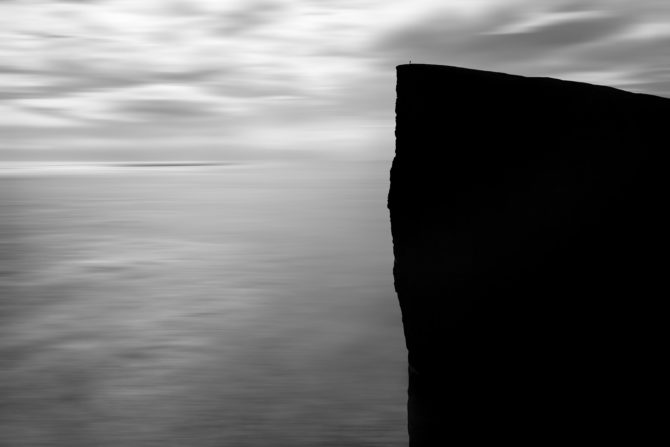Year: 2017
December 18, 2017
December 17, 2017

This is my most recent “Lone Man” image, Number 59. It was created on the Faroe Islands and is significant to me because it is my daughter-in-law Erica who is the lone man! Just off to the right and out of sight is my son Cody with their daughter Margot in a backpack. (It drove me crazy watching them near those cliff edges)
I have a terrible fear of heights. It’s almost debilitating. I either feel drawn over the edge or I feel like I’m going to collapse. And the longer I am near the edge, the worse it gets.
For this shot and several others, I am sitting 6″ away from the edge with my tripod collapsed low to minimize the wind. How high up was I? At least a mile, maybe two! (well, it felt like it and it was very, very high up)
I was shooting multiple long exposures that were sometimes four minutes long. I’d have to sit very still and keep downward pressure on the tripod to keep it from moving. After about 20 minutes of this, I couldn’t stand it any longer and had to crawl away from the edge.
I went back to this site several times during my trip and each time it got harder and harder to be near the edge.
The man whom I rented my apartment from was a police officer and he said that every year a tourist or two would go over the edge somewhere on the islands. And when that happens, there are no rescues, only retrievals.
Cole
October 13, 2017
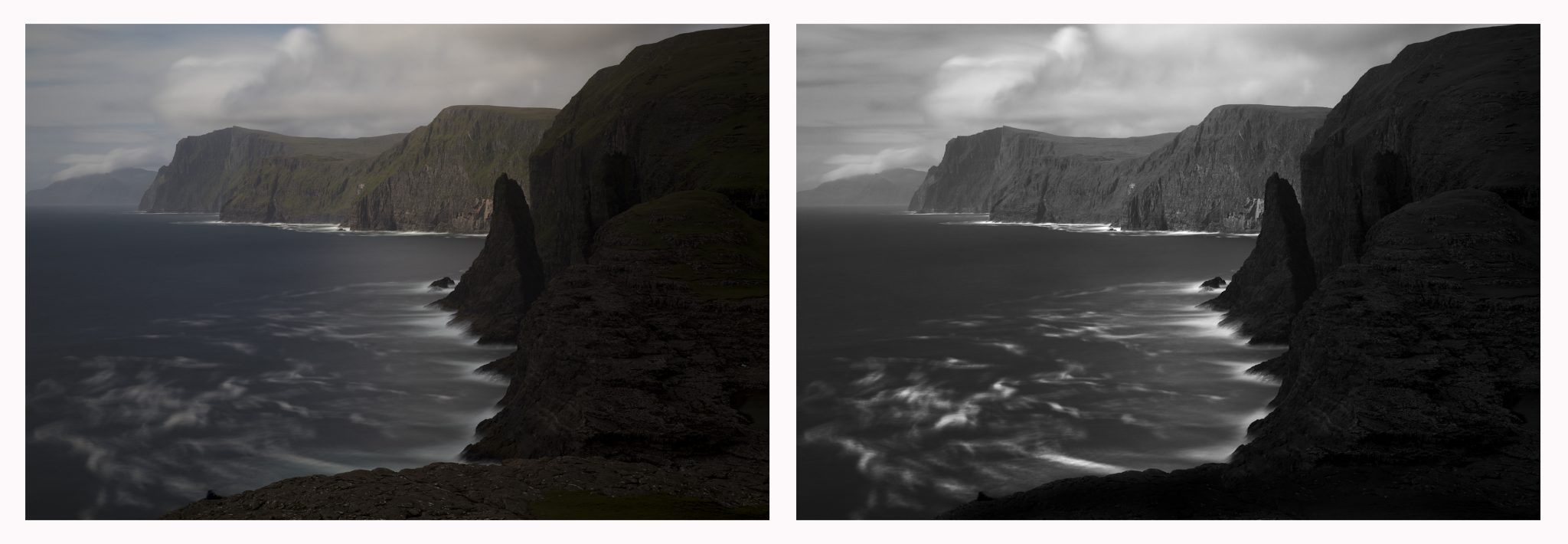
I’ve been home from the Faroe Island for several months now and I am still working on my new images. I was there for a month and took 1600 images. So far, on my first pass through the images, I have about 80 keepers. Once I go through those a second time, I expect to lose about two thirds of those. If I end up with 25 solid images, I will be very happy.
The last time I demonstrated the processing of an image, I duct-taped my iphone to a tripod and simply recorded my computer screen. Well, I’ve gotten a little more sophisticated and have now purchased a screen recording program. It was easy to use and the quality is good.
For this demonstration I’ve chosen a fairly simple image, No. 71 above with a before and after.
As always, I follow my “Photoshop and Six Tools” processing format. You can read about this approach here: Photoshop and Six Tools (it’s a very short read and it will help the video demonstration make more sense).
Each time someone watches me process, it becomes quickly apparent that I am not Photoshop expert. Invariably people will tell me either what I’m doing wrong or how I could do it differently.
I know that I am not an expert and the thing is, I don’t want to be! I have found a very simple method of post-processing that allows me to translate my Vision into an image. That’s all I care about, and the simpler the better.
So here is the video, I hope it gives you some ideas for your post-processing.
Cole
August 18, 2017
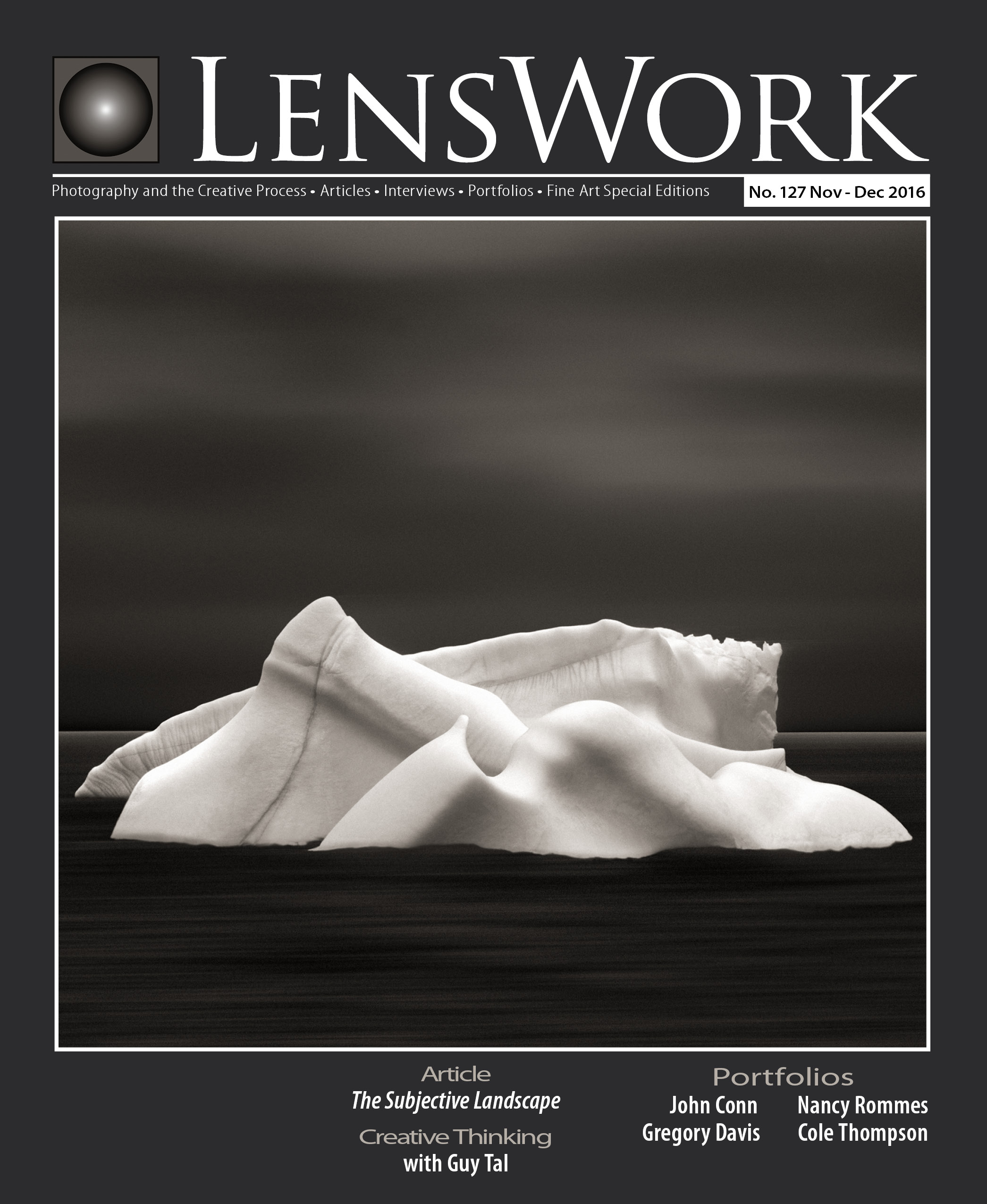
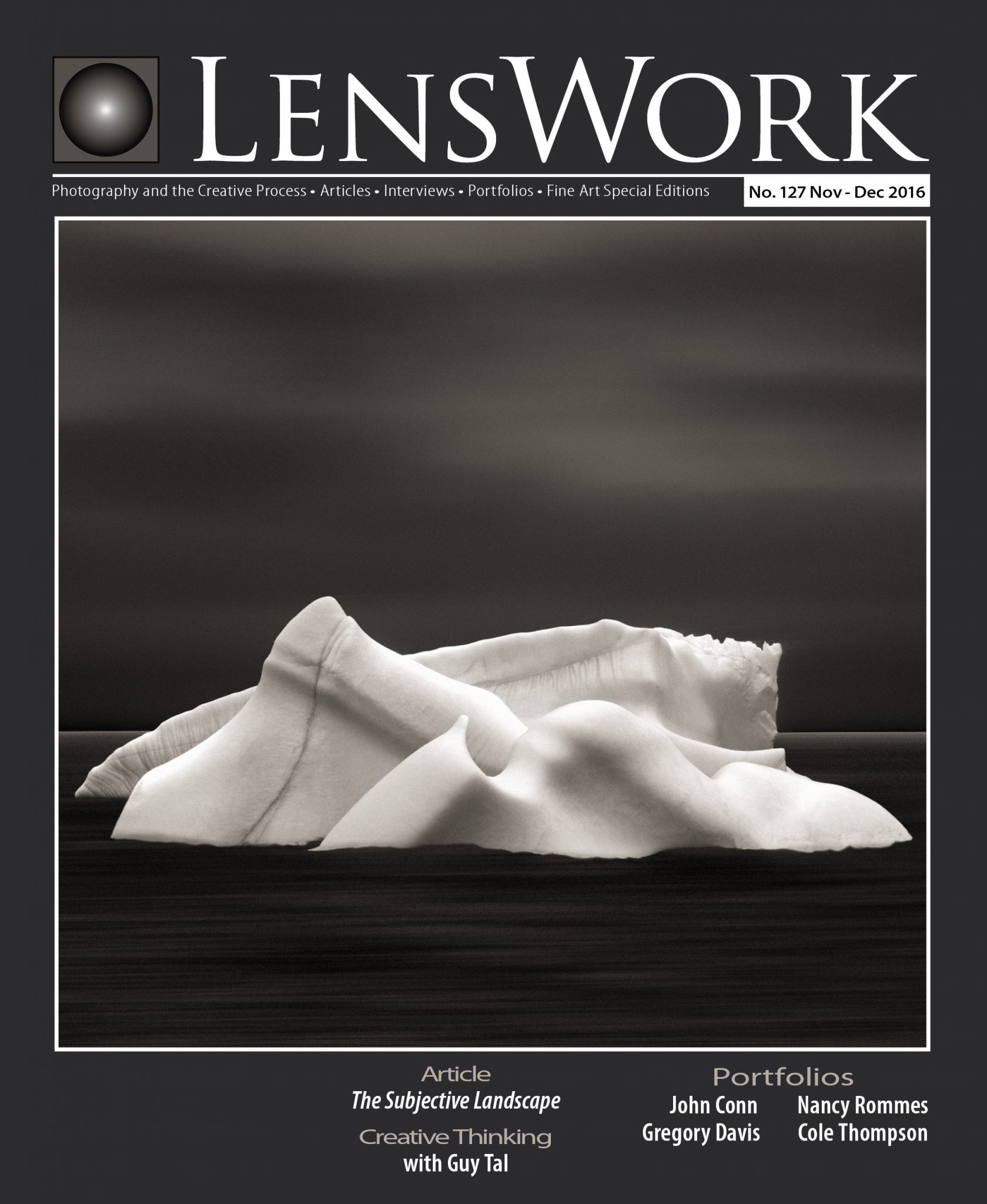
Are you familiar with LensWork? I suspect that most of you are, but if you are not…
I consider LensWork to be the world’s finest photography publication. Why? Because of the quality of the artists they publish and because of the quality of the printing, it is spectacular! The quality is better than most of the photo books I’ve seen and I think ofttimes better than the original images.
I’m not a print expert, but I do have a pretty extensive and varied print background: I worked in my own darkroom since 1968, learned digital printing in 2004 and I was an offset print buyer in the 1980’s and worked extensively with Gardner-Fulmer Lithograph (where I would run into Ansel Adams doing press checks).
My point is that I know good printing and LensWork has amazing printing. Ask anyone who has ever seen a copy.
To learn more about LensWork, you might start here: http://www.lenswork.com/lwq.htm
You can subscribe or you can pick up a copy in selected bookstores. However I should warn you that because LensWork is physically shorter than the other publications, it often gets lost in the crowd. So if you’re in a Barnes and Noble and you don’t see it, check behind the other Photo Magazines.
And if you do decide to subscribe, might I suggest that you do it before the October 2017 issue comes out? Consider this an omen of things to come…
Cole
P.S. Sometime I’d like to tell a couple of Ansel Adams stories, including how I came to have a print of “Aspens” hanging in my home.
August 6, 2017
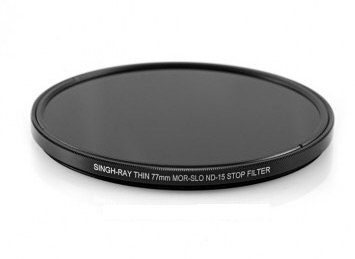
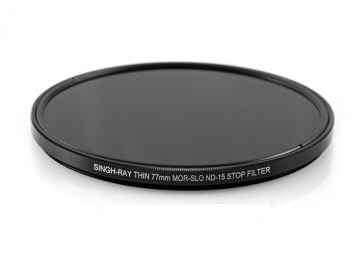
A huge thanks to Singh-Ray who heard that I had smashed my MOR-SLO 15-stop ND filter while in the Faroe Islands and then very kindly rushed me a replacement. Their generosity and thoughtfulness is greatly appreciated.
I am a big fan of Singh-Ray products. I use their polarizer, their Vari-ND and their MOR-SLO 5, 10, 15 and 20 stop ND filters. My primary filter is their 15-stop ND filter, it’s used in about 75% of my images!
Why do I use their products? Just one reason: the quality. I have used many different brands, and some of them are very good, but in my opinion Singh-Ray filters are the best.
I first learned of Singh-Ray when I heard about and purchased their Vari-ND variable ND filter. I was carrying that filter with me when I was visiting Auschwitz and the idea of photographing ghosts struck me. I could not have produced The Ghosts of Auschwitz-Birkenau project with a fixed ND filter, the Vari-ND made it possible.
Their 15-stop ND filter is the perfect number of stops for my work. With 15 stops I can shoot up to two minutes in bright sunlight and much longer in places like the overcast Faroe Islands. What happens when I need to go longer than two minutes? In the past I was forced to stack two filters which resulted in vignetting issues, but those days are gone with the Singh-Ray MOR-SLO 20-stop filter.
I love Singh-Ray ND filters!
Cole
P.S. I want to disclose that Singh-Ray has given me 2-3 filters over the years, including this replacement.
July 21, 2017
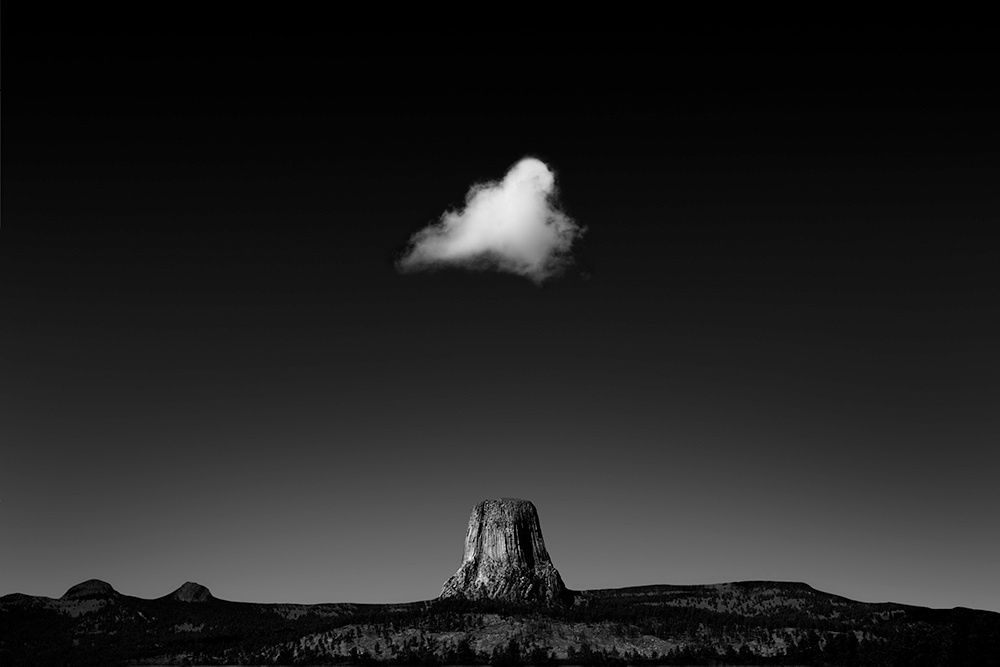
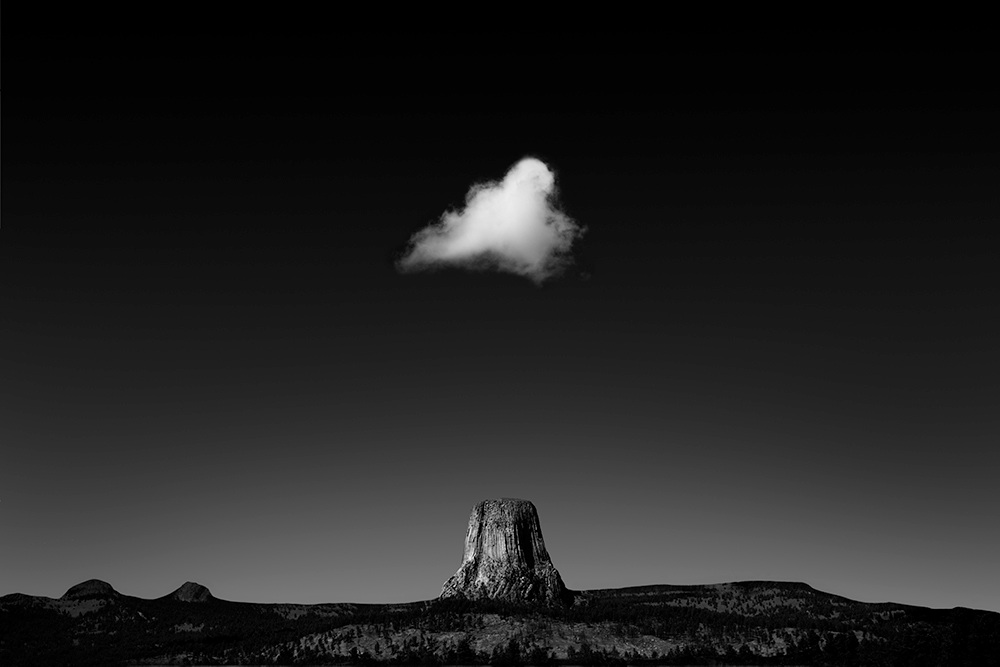
I’ve been listening to Brian Wilson’s book: I am Brian Wilson. A Memoir.
Something he said near the end really struck me: :
“You’d think that by the time I got to 60, I would have learned almost everything about singing. But that turned out not to be true at all.
I kept learning. And lots of that is about unlearning.”
I feel the same way. So much of what I’ve learned later in life about art, photography and especially about myself, has come about as a result of unlearning something.
As you have gotten older and wiser, have you found yourself unlearning anything?
Cole
P.S. If you don’t know who Brian Wilson is, you’re probably pretty young and haven’t started unlearning things yet, you’re still working on the learning part!
July 13, 2017
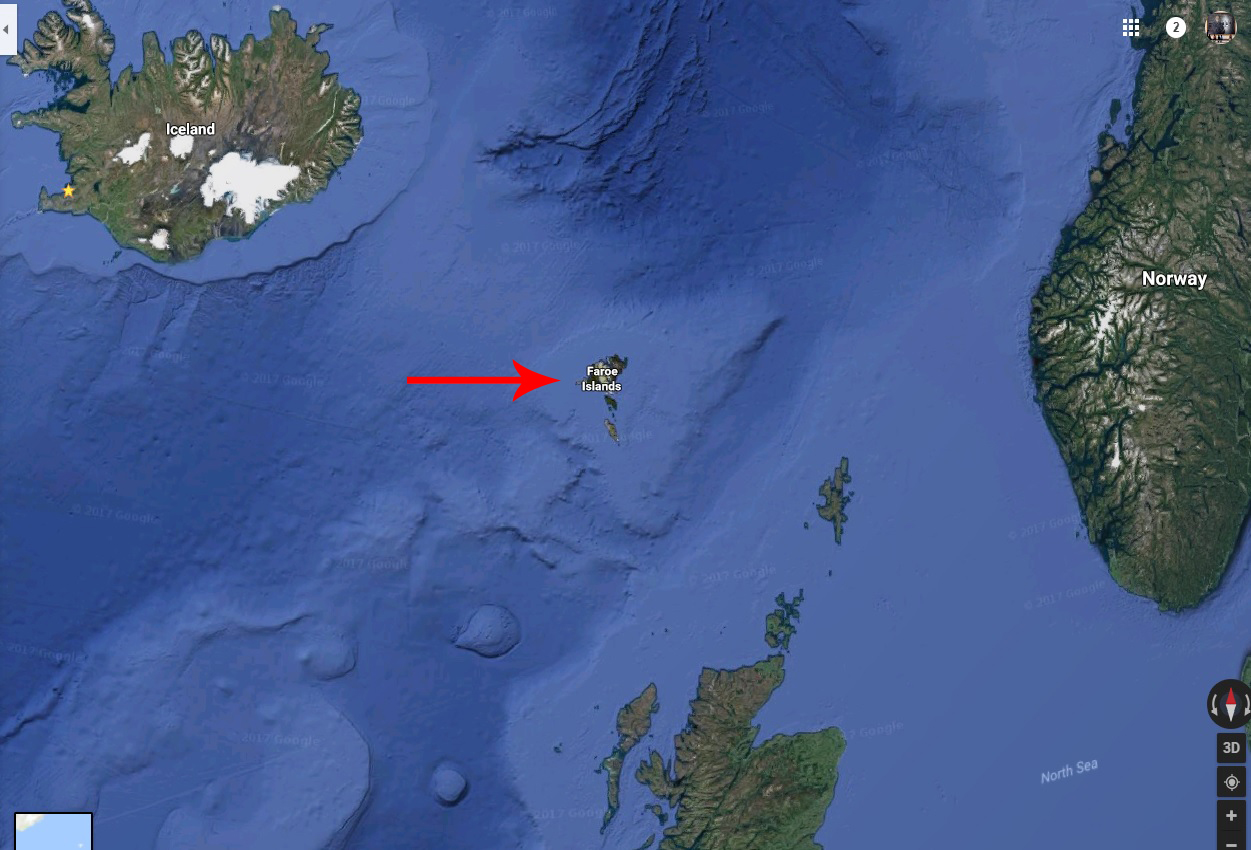
Well, only for a month…I am headed to the Faroe Islands.
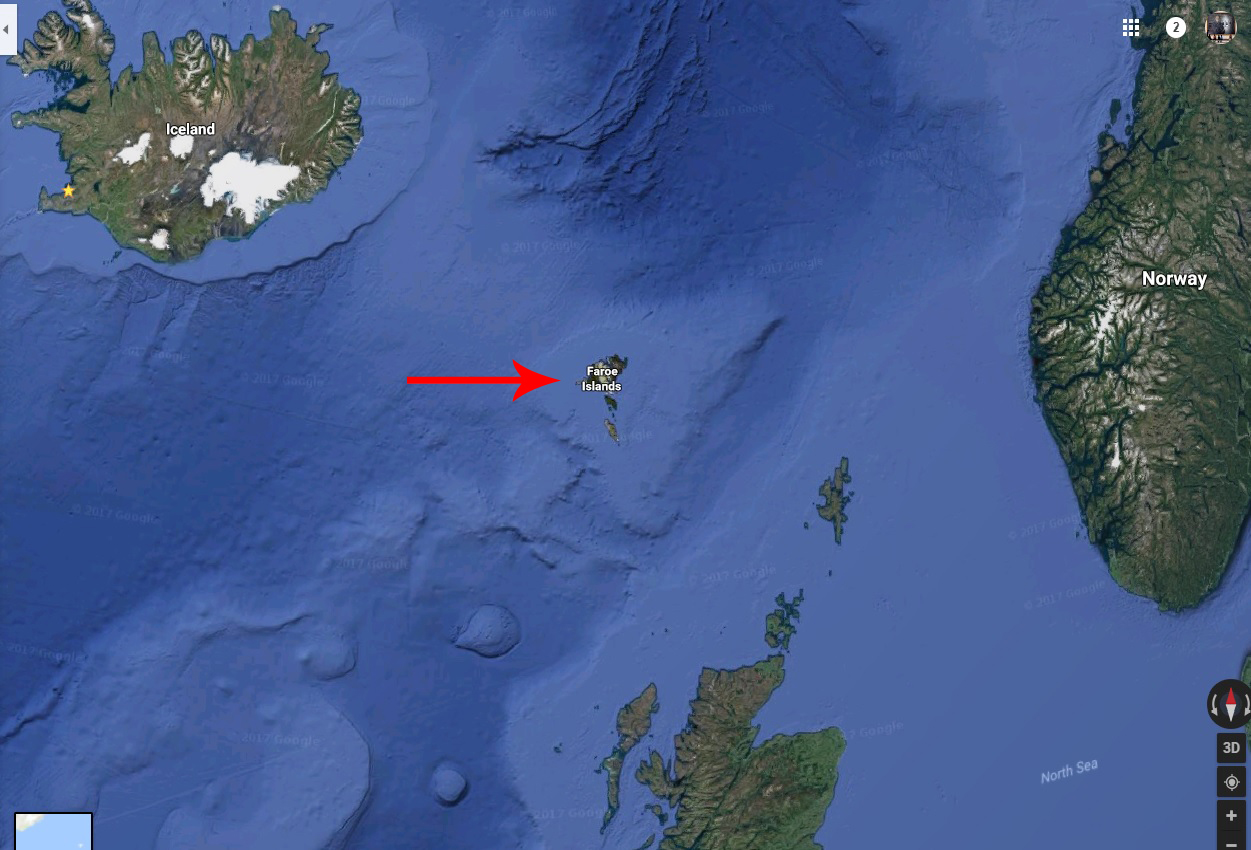
I am really excited about this trip, not because I know what I’ll find there, but because I have no idea what I’ll find.
I do no planning or research when I am planning my trips. I do not look at other people’s images from that area. I do not consult the travel guides for the “must see” sites. My only preparation for this trip consists of renting an apartment and car.
Why?
Because I want to go with a blank slate, with no preconceived ideas or expectations. I do not want to know how others have seen the Faeroes or photograph the same sites that everyone else has.
That’s my goal anyway. My hope is that I’ll see something there that inspires my imagination and which will result in a new portfolio.
I’ll not be posting much while I’m away, but I will post some iPhone snapshots each day on my Google+ and Facebook accounts:
- Google+ https://plus.google.com/+ColeThompsonPhoto
- Facebook: https://www.facebook.com/ColeThompsonPhotographer
I’ll be returning at the end of August.
See you then.
Cole
June 14, 2017
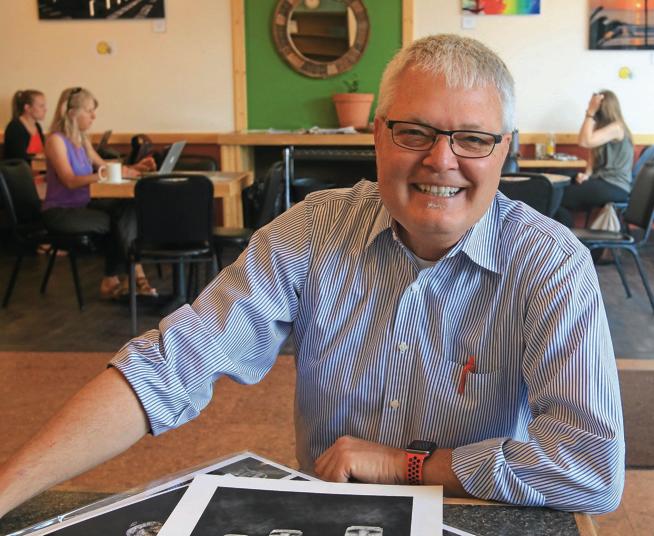
Photographer travels the world to capture black-and-white images
Cole Thompson work on display at Lincoln Gallery in June
By Kenneth Jessen
For the Reporter-Herald
POSTED: 06/14/2017 10:04:18 AM MDT
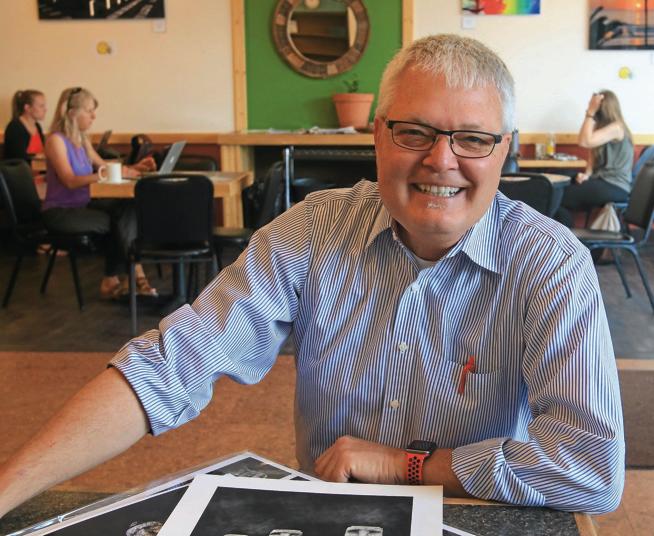
Photographer Cole Thompson enjoys the creative process. His “Moai Sitting for Portraits,” shot on Easter Island, will be on display for the month of June at the Lincoln Gallery. (KENNETH JESSEN / Loveland Reporter-Herald)
Read the full article here:
Cole
P.S. My thanks to Ken for such a nice article!
P.P.S. My special thanks for Ken for getting me to smile, I NEVER smile in photographs!
May 23, 2017

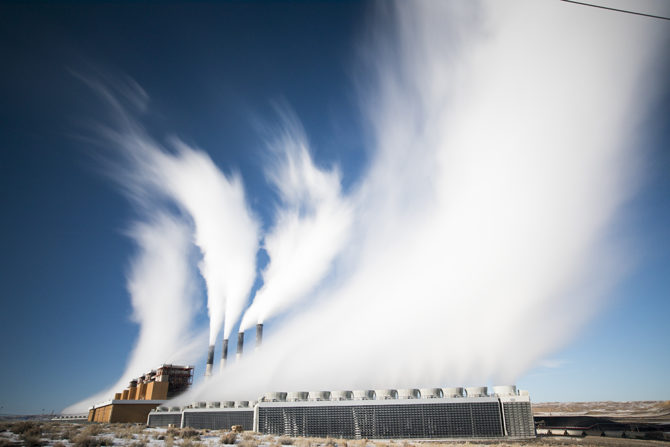
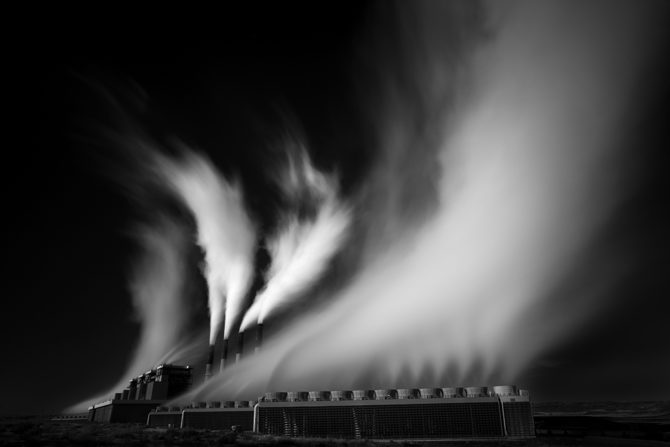

This is a “before and after” of the Jim Bridger Power Plant that I created recently.
The before does not differ a great deal from the after, but there are a few differences. Can you spot them?
Hint: the first change is abbreviated b&w.
I like to use the word “create” rather than “capture” when talking about my images.
Why?
Because a “capture” implies that the image is an accurate representation of reality, as the scene appeared to the camera and eye.
I like “create” because it suggests that the image is not accurate, but rather it has been created through my Vision into something new and different.
And when did the “Vision” for this image occur?
When I first saw this power plant from I-80 from several miles away. As soon as I saw it, the Vision of the final image appeared in my head and guided how I shot it, how I exposed it and how I processed it.
Vision was the driving force.
Why am I always mentioning Vision? Because it breaks my heart to see people chasing equipment, technique and gadgets…thinking that these things are key to creating a great image. Those things can certainly be “elements” of a great image, but not key and not even always necessary.
So please, focus on your Vision! I spent most of my photographic life pursuing the wrong things and was lucky to have a mentor who was even more bull-headed than I am, and argued that I did not need document, but rather I could create.
Thank you Vered.
Cole
May 18, 2017
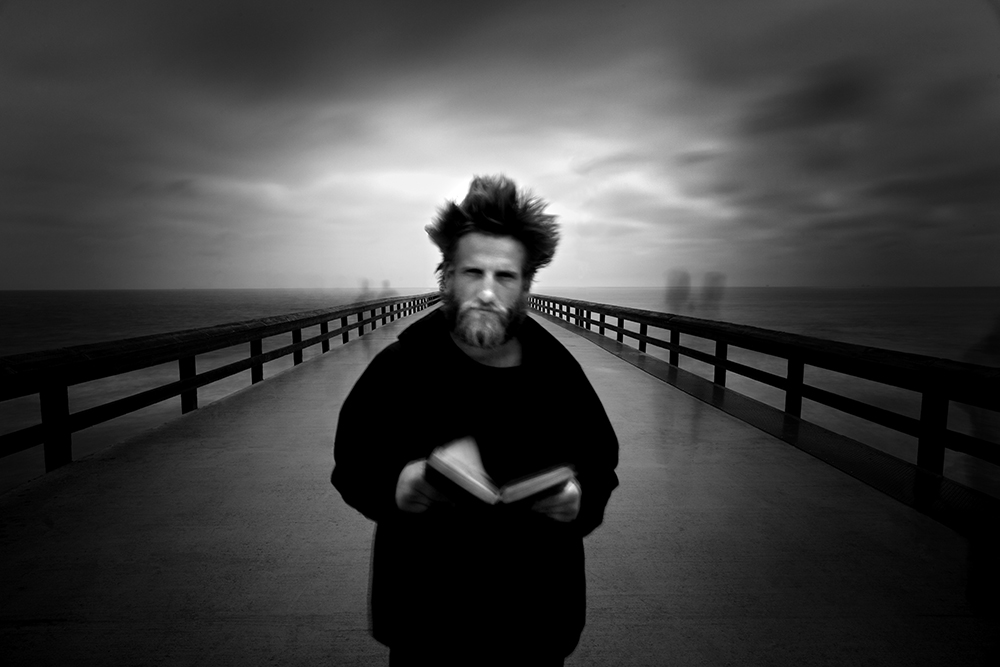
https://thisweekinphoto.com/angel-gabriel-cole-thompson-bts-15/

